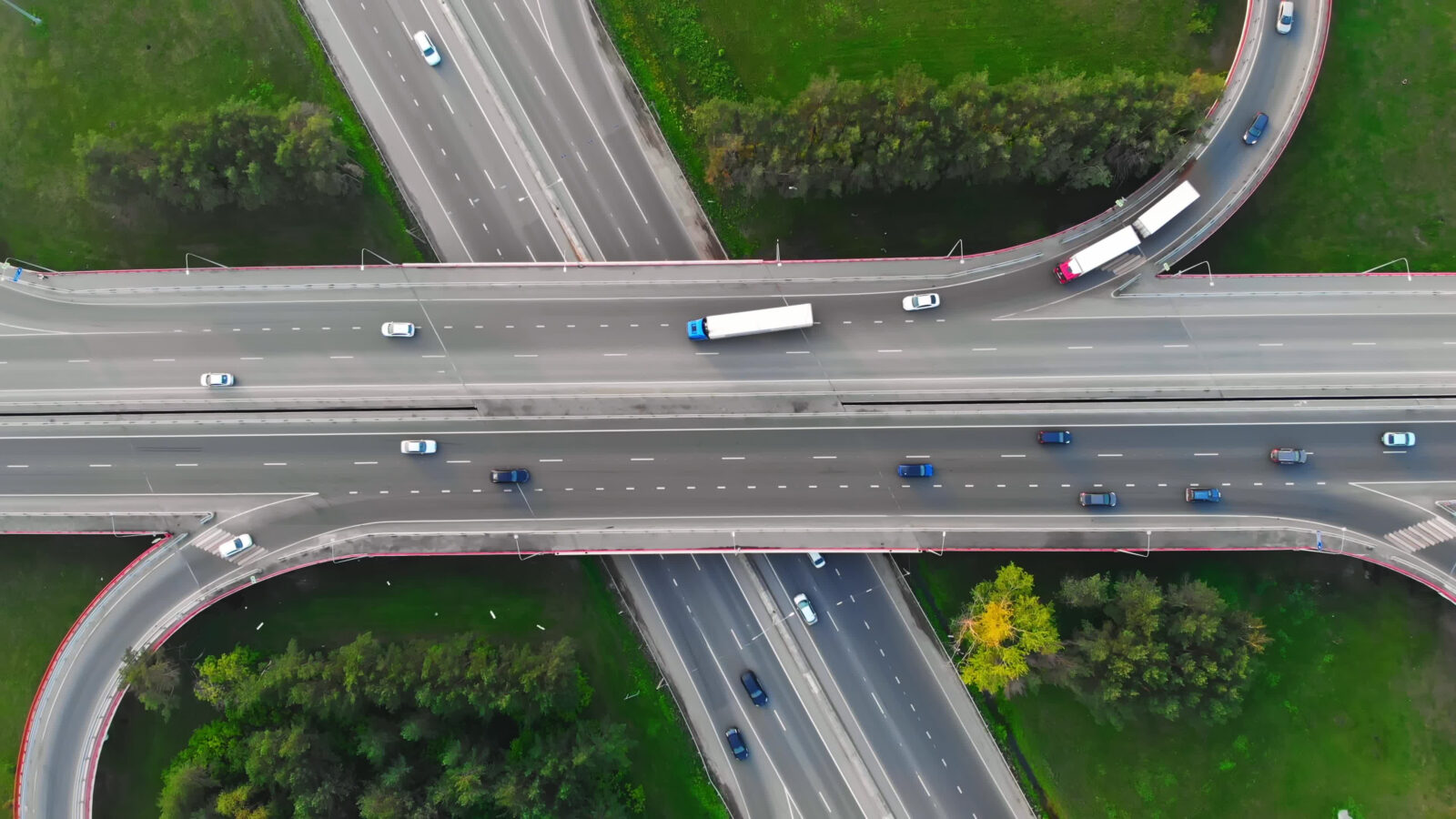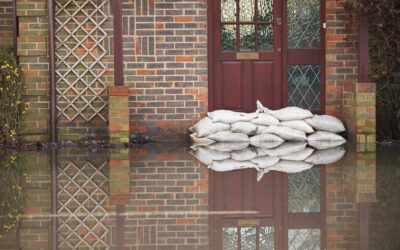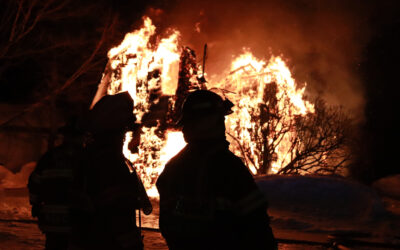This blog was previously published in The Hill Times.
Spring used to be the best time of the year, bringing both light and lightness as the winter receded. Increasingly, it ushers in an extended season of anxiety, as many of the most serious impacts from climate change occur in Canada in the spring and summer months: floods, wildfires, and heat waves, followed by a stormy fall.
Last spring and summer were like no other—unprecedented wildfires stretched across the country while smoke blanketed the continent. The year before that, hurricane Fiona was the most intense storm on record to hit Canada’s East Coast.
Canadians are already bracing for what spring and summer 2024 has in store, particularly after a strong El Niño made it an unusual winter and increased the likelihood of persistent drought and prolonged wildfires.
These and other climate change effects have profound consequences for Canada’s infrastructure, with price tags in the billions and very real impacts on people and communities. Simply put, Canada’s infrastructure isn’t prepared for the climate crisis.
The good news is that there are things we can do to get ready for future events—and these actions will save us money and hardship in the long run.
Climate change is already having impacts that will get worse in the future
First, it’s worth taking stock of the bad news. Climate change is already supercharging the extreme weather events we’ve seen across the country—unprecedented wildfires, extreme flooding, one-in-one-thousand year extreme heat, and prolonged drought.
Climate change impacts have a high price tag. The Canadian Climate Institute has estimated that key climate change impacts are already costing households in Canada roughly $720 per year. Overall Canada’s economy could see costs from these climate change impacts of between $78 and $101 billion annually by 2050.
Similar, but different—climate change will impact every region in its own way
A big chunk of the costs of climate change is due to impacts to Canada’s built infrastructure—our roads, railways, ports, and much more. Regions from coast to coast to coast have faced climate-driven disasters and infrastructure damage.
Last summer, parts of Nova Scotia received about three months’ worth of rain in a day. The ensuing floods damaged buildings, washed away roads and bridges, and cut off the sole rail link connecting Halifax to the rest of Canada.
Something similar happened in British Columbia in 2021, though on a much greater scale.There, atmospheric rivers dumped huge volumes of water across much of the province, which led to catastrophic floods and landslides that washed away bridges and critical highway connections. The Metro Vancouver region and Canada’s largest port were cut off from the rest of the country.
In remote northern communities, one of the biggest challenges is damage to critical winter access roads and other infrastructure like runways and buildings. Our research found that the costs of road damages could exceed $50 million in the Northwest Territories and $70 million in Yukon every year over the next two to three decades—a major hit to government budgets and a threat to northerners’ way of life.
Building resilient infrastructure will save money and protect communities
Governments need to start building resilience into infrastructure decisions now to avoid locking in climate vulnerability for generations. All orders of government must take a long-term, coordinated approach to regulating, planning and funding infrastructure.
That means rapidly updating codes and standards so that infrastructure and buildings are built to withstand future floods, wildfires, windstorms and other extreme weather driven by climate change—an area where Canadian governments are lagging. It means producing up-to-date information about climate risks across the country—for example, addressing Canada’s out-of-date and incomplete flood mapping. And it means investing more up front to make new roads, bridges, transmission lines, and other infrastructure resilient in our future climate.
Investing in adaptation costs money up front, but pays off down the road. Our research shows that every dollar invested in climate adaptation today returns $13 to $15 in future savings, including $5 to $6 in avoided costs of infrastructure repair and a further $6 to $10 in avoided disruption to the economy.
Positive stories are emerging in Canada about more resilient infrastructure. Six of the bridges that were washed out by the 2021 floods on B.C.’s Coquihalla highway have been rebuilt to withstand higher water levels using deeper piles and longer bridge spans. St. John’s, New Brunswick, is raising roads and upgrading sewers to prevent damage from more frequent flooding.
A similar ethos should be applied to all new infrastructure in Canada. Without action now, rapidly increasing impacts from climate-driven extremes will cost governments and communities.
The only fiscally responsible response is to prepare now. Our future climate will be more unpredictable, and new infrastructure that is not adapted to that world won’t protect people and won’t support Canada’s economy.







